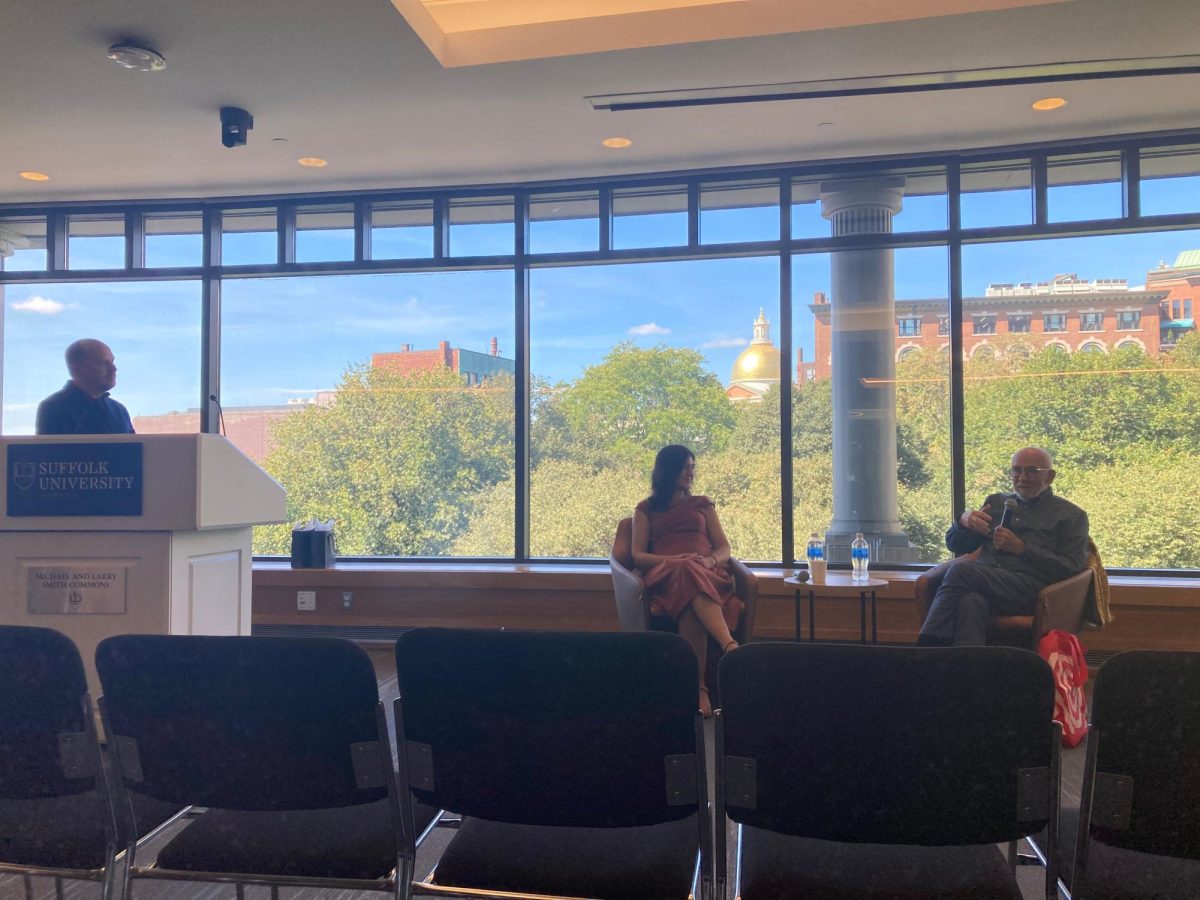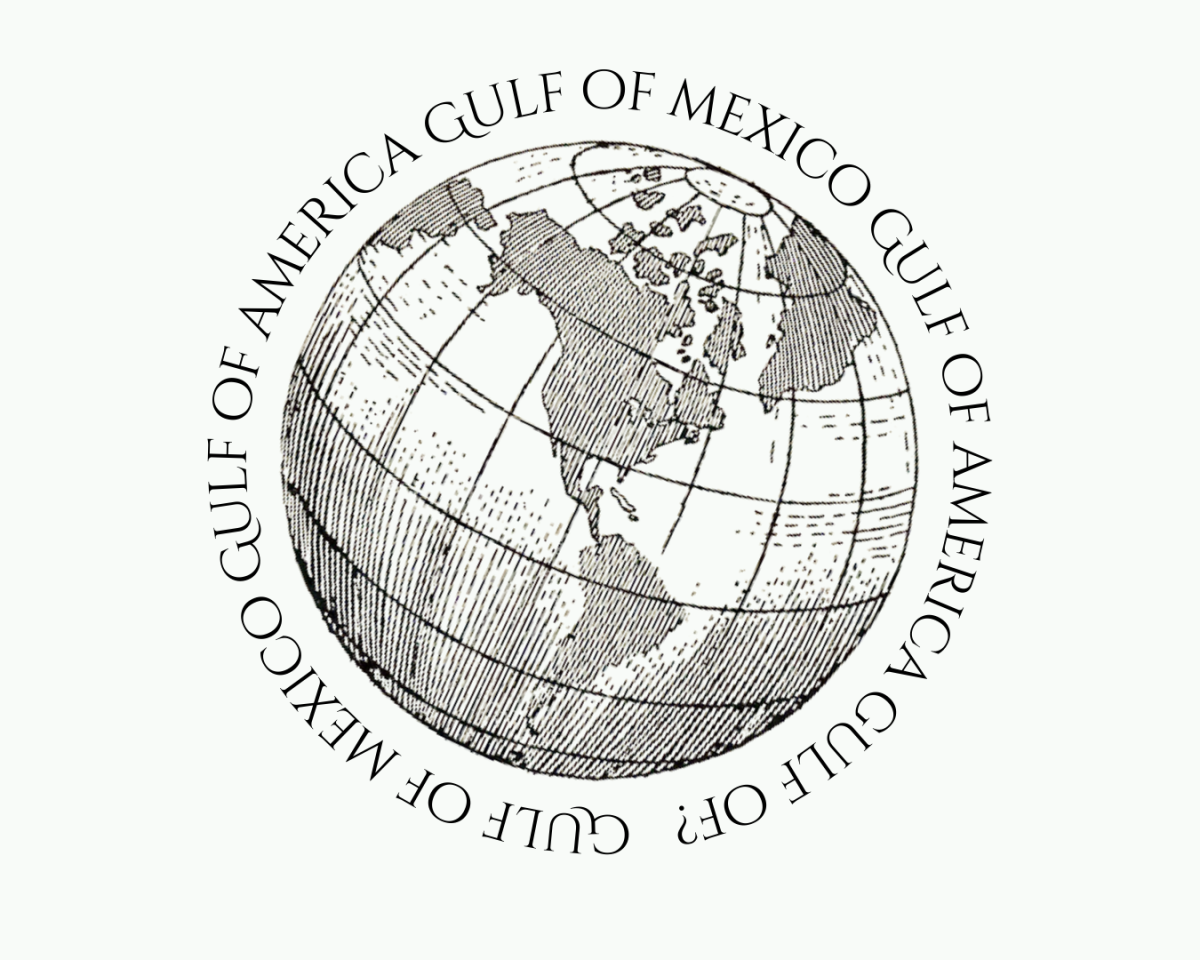Article by: Jeff Fish
The fall of 1993 was a glorious time, except for the city of Angel Grove. When unassuming spacemen landed on the moon and freed Rita Repulsa and her minions from their captivity in a space dumpster after 10,000 years, the city would never be the same.
Flash forward 16 years and believe it or not, the incredibly corny Power Rangers, based on a Japanese kid’s show, was still on the air in its seventeenth installment, Power Rangers: RPM. Far from the glory days of Mighty Morphin’ Power Rangers, Disney, which bought the franchise in 2002, finally cancelled the long running series long after its decline.
But the series was never the money maker in the franchise; it was the toys produced by Bandai every time there was a new monster, new zords, or new ranger powers that raked in the dough. So in a brilliant marketing ploy, Disney has begun to rebroadcast the first season and come out with a new toy line, so every time a “new” episode debuts, kids think they’re seeing it for the first time.
The toys actually look pretty cool and are much more detailed than the ones that we all played with in the 1990s, but are only four inches tall to keep costs down. The rebroadcast of the show however is the real travesty, taking an already simplistic show and dumbing it down even more to children who seem to have no attention span.
The rebroadcast promised a digitally re-mastered version of the childhood favorite, and has in fact improved the quality of the once grainy, low budget production, but added graphics that somewhat cartoonized the show and made it even cheesier.
In addition to creating an entirely new logo and opening sequence, the fight scenes have added words like “pow” and “oof,” reminiscent of the Batman series from the 1960s. Comic-like borders appear around the edges of the screen during goofy or intense moments, or before commercials. Also, scenes like the one where Rita comes out of the dumpster are paused and made to look like comic panels. The zords are also labeled every time they appear, apparently because kids these days have the memories of gold fish.
In the rebroadcast of the first episode, “Day of the Dumpster,” Rita’s minions are introduced not by the wise floating head of Zordon as the Rangers look on in the viewing globe, but words in comic sans describing them as “Goldar, sinister space simian”, “Baboo and Squat, half rate henchmen”, “Finster, master monster maker” and “Putties, cosmic clay cohorts.” While this alliteration is clever, it takes away from the deepness the show has for audiences ages 4-8.
The rebroadcast has doubled the audience from last season, perhaps because it brought back some nostalgic viewers, but mostly because it was better back then. While Power Rangers may have a bunch of fight scenes, the show also teaches kids lessons about accepting each other’s differences and only fighting in self defense (the Power Rangers only ever fought when they were attacked first.)
For a ridiculously campy kids show, Power Rangers was something that captivated children and actually had a continuing story line that lasted six seasons before the show finally followed the Japanese or Sentai version of the show where there was a completely new cast every season.
For those who didn’t follow the show for way too long, Zordon was killed at the end of the sixth season by the Red Ranger, so that his good energy could sweep over the universe, destroying all of the evil, but purifying most of the head villains, including Rita and Lord Zedd, in the episode “Countdown to Destruction Pt. 2.”
These six seasons known as the “Zordon Era” were during the height of Power Rangers popularity, and it’s good to know that kids now are watching the same stuff that children of the 90s enjoyed for so long, even if it is even more stupid than ever.







